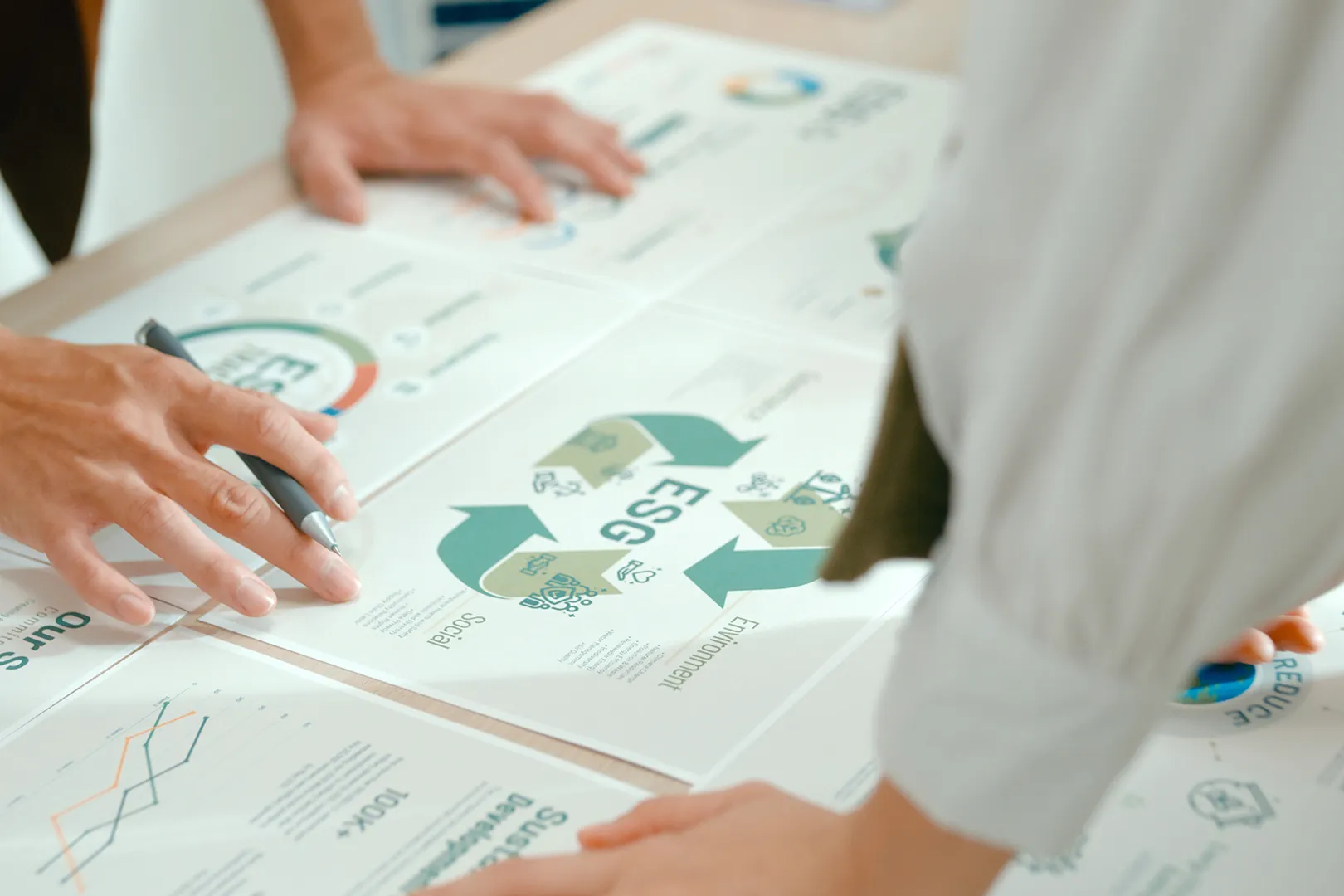Weather events like Hurricane Helene, which dumped 2 feet, or half a year’s worth of rain on Appalachia in four days, are more frequent, intense, and costly than ever. AccuWeather estimates Helene caused total damage and economic loss of $225 billion to $250 billion. Scientists directly link events like Hurricane Helene to the warming of the atmosphere by greenhouse gas emissions. Yet at the same time, we hear anecdotally about companies pulling back from decarbonization, net-zero commitments, and ESG reporting. Is sustainability, once championed by the likes of Larry Fink, Chairman and CEO of BlackRock, now a passing trend? I decided to find out for myself.
In March 2024, some oil executives told a major energy conference that quick moves away from fossil fuels were incompatible with the immediate energy needs of society. These companies wrote down renewable energy projects or pushed back on greenhouse gas reduction targets, citing the war in the Ukraine and a lack of alternative energy infrastructure as reasons for the push back.
But their calls for slowing down the transition to clean energy sources is not indicative of how other industries are approaching sustainability. For example, the Science Based Targets initiative (SBTi), reports that by the end of 2023, over 4,000 companies and financial institutions were leading the transition to a net-zero economy by setting emissions reduction targets and having them validated by the SBTi. These companies want to do their part to limit global warming to 1.5°C (which requires greenhouse gas emissions to be halved by 2030 – and drop to net zero by 2050) and prevent the worst effects of climate change.
Investor interest in companies committed to greenhouse gas emission reductions is still strong. Climate Action 100+, a group of 700 investors responsible for $68 trillion in assets, works with companies to help them improve their climate change governance, reduce emissions, and strengthen climate-related financial disclosures. Sustainability-related concerns are still part of the investment decision-making process.
Another signal to markets that sustainability is not going away is the SEC’s March 2024 climate disclosure rules which require U.S. public companies to disclose climate-related risks that could impact their business or financial statements, including both physical risks (wildfires, extreme weather, or sea level rise) and transition risks (regulatory changes and market trends). Internal controls related to climate must be established and third-party verification of reporting methodology in accordance with the Taskforce on Climate-related Financial Disclosure (TCFD) standards. The rules were adopted on March 6, 2024, and phase in from FY 2025 to FY 2033.
While it is true that Larry Fink avoided using the term “ESG reporting” in his 2024 Chairman’s Letter to Investors, he did discuss sustainability in the context of energy pragmatism. “In my nearly 50 years in finance, I’ve never seen more demand for energy infrastructure, driven by the twin aims of transitioning to lower-carbon energy sources and achieving energy security,” Fink said.
Sustainability is here for the long-term as evidenced by the progress report of 181 CEO signatories to the 2019 Statement of the Purpose of a Corporation. These company leaders pledged to lead their companies for all stakeholders (investors, employees, and society) with the best interests of all these parties in mind. Five years on, these companies are pursuing profit with a purpose and demonstrating that both can be done at the same time. This includes meeting sustainability goals.
Even if the term “ESG” is being switched for “energy pragmatism,” “stakeholder capitalism,” or “sustainability,” it is clear that most corporate leaders see the need to reduce greenhouse gas emissions so events like Hurricane Helene do not become commonplace. They are still pursuing sustainability goals, just a little more quietly than before.

